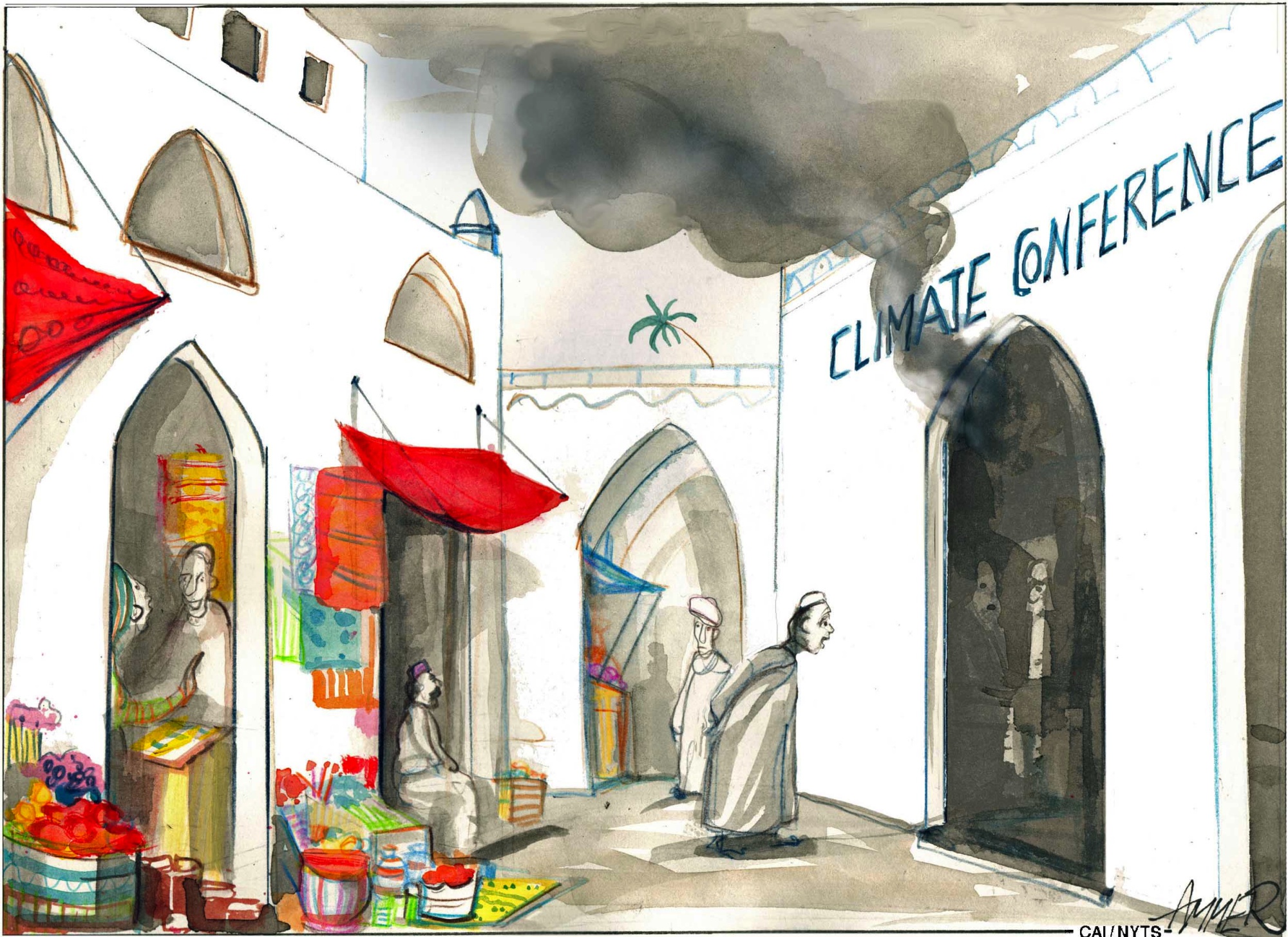Wetlands, forests and oceans absorb and store carbon, which makes them a vital asset for countries pursuing the Paris climate agreement's targets for reducing CO2 emissions. So how can we use them most effectively?
The Paris accord was concluded by 196 governments last December and came into force earlier this month. Now, its signatories just finished meeting in Marrakesh, Morocco, for the annual United Nations climate change conference. Several conference events specifically focused on how countries can use natural systems to meet their CO2 reduction targets.
While the climate-change challenge is immense, so, too, is the opportunity to accelerate sustainable development and ensure a better future for everyone on the planet. Under the Paris agreement, governments have committed to reducing their carbon emissions drastically, in order to keep global warming below 2 degrees Celsius. The vast majority of signatory countries have already presented national action plans for achieving this goal, and these plans will become more ambitious over time.

















With your current subscription plan you can comment on stories. However, before writing your first comment, please create a display name in the Profile section of your subscriber account page.